This patients upper teeth were badly decayed and could not be saved. I extracted all her upper teeth and made an immediate denture. Next I will work on her lower teeth.
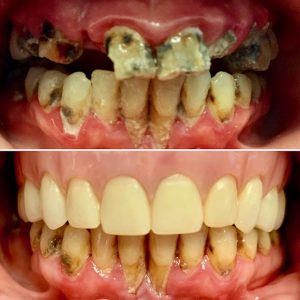
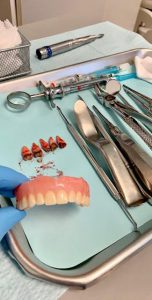
In Virginia we have 6,500 dentist, of which 200 of us are Fellows of The Academy of General Dentistry.
What does that mean for you and your family?
Earning Fellowship takes dedication to dental continuing education (CE) beyond graduation. Only about 6 percent of general dentists in the U.S. and Canada are AGD Fellows. When you see a dentist with FAGD after their name, you can rest assured that they care about knowing the latest techniques and best practices in dentistry. AGD Fellows practice these techniques in a classroom setting multiple times a year — not every dentist does this.
To become an AGD Fellow, a dentist must:
I scan digital impressions of teeth, computer design the crowns, create an STL file, and 3D print out porcelain/zirconia crowns with a CAD-CAM milling machine, that fit perfectly and look beautiful.

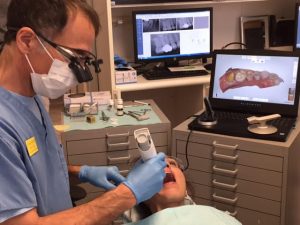
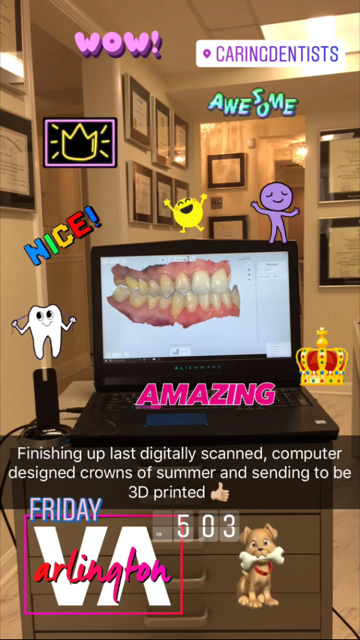
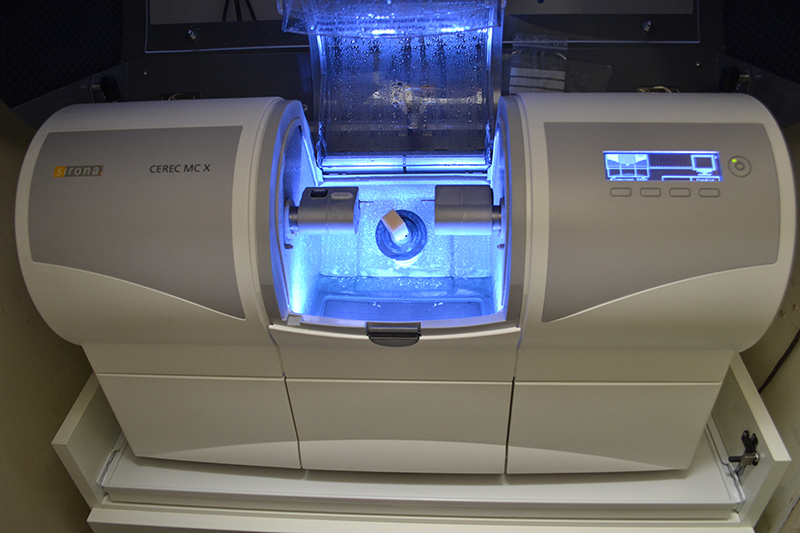

This patient presented with a broken 25 year old bridge replacing a missing front tooth. I re-prepped the teeth, digitally scanned the impression, computer designed a new bridge, 3D printed it out and cemented it in. Totally awesome!!!
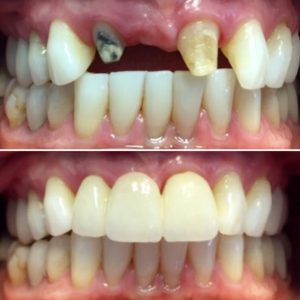
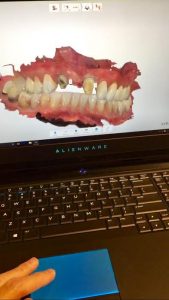
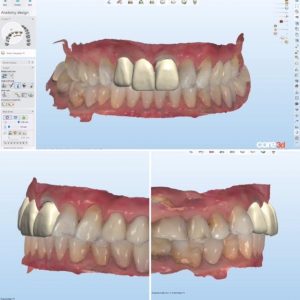

In honor of Shark Week, I wrote an article on shark’s teeth :-)))

Sharks are born with a full set of teeth.
Our baby teeth form during the 6th-8th week of prenatal development and begin erupting at about 6 months of age. Unlike humans, shark pups enter the world with a full set of teeth and can fend for themselves.
Sharks have lots of teeth.
Our 20 primary, or baby teeth, fully erupt by 2-3 years old. The adult permanent molars begin to show in the mouth at 6-7 years old, and by age 13, we have 28 permanent teeth. The 4 wisdom teeth start to push out at 17-21 years old. That’s a total of 20 baby teeth and 32 adult permanent teeth. Most sharks have 5-15 rows of teeth. The bull shark has 50 rows of teeth, and up to 350 teeth erupted in their mouth at one time!
Shark’s continuously lose and replace their teeth.
A lost permanent tooth is unable to replace itself naturally. Sharks typically break off and lose at least 1 tooth a week. When a shark’s tooth falls out, another spins forward like a conveyor belt from their rows of backup teeth. The dull, broken or worn teeth are quickly replaced by a sharp new tooth. A shark may grow and use over 50,000 teeth in it’s lifetime!
Both the sharks upper and lower jaws move and it swallows it’s food whole.
We use our teeth to bite and chew food. Sharks have the strongest jaws on the planet and unlike most animals sharks can move both their lower and upper jaws! Sharks use their teeth to grab, hold and rip prey and swallows its food whole.
If there was a Shark Tooth Fairy, they would be rich fish.
According to the 2017 Delta Dental Tooth Fairy Poll of parents of kids 6-12 years old, the average pay out per lost tooth is $4.13. Kids have 20 baby teeth, for a total of $82.60. For an average shark who loses 20,000 teeth, that would be $82,600!
Shark teeth have cavity protection.
Sharks don’t get cavities; their teeth surface naturally contains fluoride! Fluoride makes teeth stronger and more resistant to bacteria that cause tooth decay. The teeth of humans and other mammals contain the mineral, hydroxyapatite, which is also found in bone. Fluoride in toothpastes, drinking water and applied by dentists, makes our teeth stronger by interacting with the hydroxyapatite to form the stronger fluorapatite.